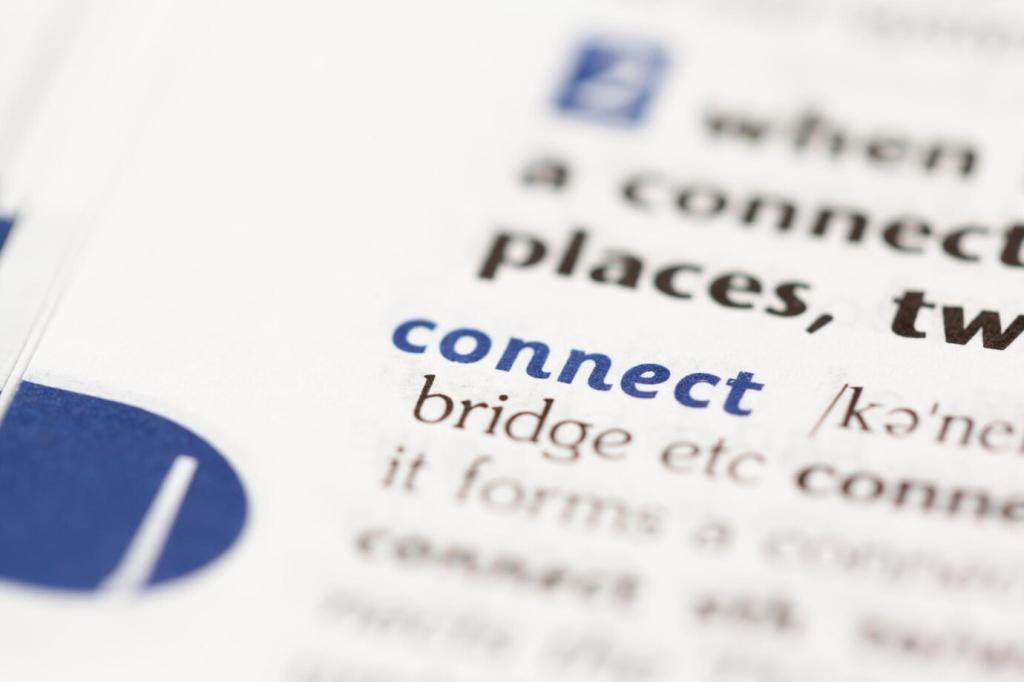
Cultural Insights: French Customs — A Friendly Guide to Everyday France
Today’s chosen theme: Cultural Insights: French Customs. Step into real-life rituals that shape daily life in France, from greetings to table manners, with warm stories, practical tips, and invitations to join the conversation.
Greetings and Everyday Politeness
In a bakery, shop, or office lobby, saying “Bonjour” before any request signals respect. Skip it and you may meet frosty silence. A Parisian bookseller once refused to help me until I restarted with a bright “Bonjour madame”—suddenly, a smile and real conversation.


Greetings and Everyday Politeness
Default to “vous” with new acquaintances, service staff, and elders. “Tu” is friendly but can feel presumptuous if used too soon. Many French people will explicitly invite the switch—“On peut se tutoyer?”—making the moment clear and mutually comfortable.
Keep your hands visible, wrists resting lightly on the edge. Bread sits on the tablecloth, not the plate, and is torn, never cut. You’ll notice how these tiny details reinforce an atmosphere of relaxed attentiveness and shared enjoyment.
Dining Etiquette and the Art of the Table
Cheese typically comes before dessert. Respect the shape: avoid “cutting the nose” of a wedge, which denies others the creamiest center. Let the host offer wine pairings, and ask questions—curiosity about terroir sparks delighted stories and generous slices.
Dining Etiquette and the Art of the Table
Coffee, Apéro, and Daily Rhythms
Traditionally, milky coffees are for breakfast, while espresso punctuates the afternoon. A cappuccino at 3 p.m. won’t cause scandal, but an espresso will feel effortlessly local. Try standing at the counter for a quick, convivial pause with regulars and baristas.

RSVP Really Means Reply
RSVP—répondez s’il vous plaît—is taken seriously. Confirm promptly, and update your host if plans change. Arriving slightly late for a dinner at home is common; for restaurants, aim on time. Share your hosting hacks or questions in the comments to help fellow readers.

What to Bring—and What to Avoid
Bring flowers (avoid chrysanthemums, associated with funerals), chocolates, or a specialty from your region. Hosts often preselect wine, so coordinate before bringing a bottle. A heartfelt note adds warmth and turns a simple dinner into a lingering memory.
Work Culture and Professional Etiquette
Use titles and last names initially, mirroring the most senior person’s tone. Meetings begin with a courteous greeting round. A concise agenda and thoughtful arguments go further than flashy slides—precision and clarity are genuine markers of respect.
Work Culture and Professional Etiquette
Lunch is a true pause, often away from the desk. Respect colleagues’ downtime: quick questions can wait. You might hear about meal vouchers or a favorite bistro. Share your own work-lunch discoveries or tips for balancing productivity with meaningful breaks.


Holidays, Public Life, and Shared Traditions
On July 14, fireworks crown the night and neighborhood dances fill squares. In June, the Fête de la Musique turns streets into stages. Tell us about a performance that surprised you—and subscribe for next month’s cultural calendar and local insider tips.

Conversation Style, Humor, and Privacy
The Pleasure of Debate
Expect probing questions and counterpoints, delivered with curiosity rather than aggression. Offer reasons, not just opinions. A friend once joked, “If we agree too quickly, what will we talk about?”—a reminder that ideas are invitations to dance, not to duel.
Râler: The Art of Good-Natured Grumbling
Râler—light complaining—can be a cultural bonding ritual. It’s more about camaraderie than negativity, a shared sigh before moving forward. Recognize the rhythm, respond with empathy, and then pivot toward solutions without dampening that moment of comic release.
Compliments, Boundaries, and Earned Praise
Praise is genuine, not exaggerated. Personal questions arrive gradually, after trust forms. When complimenting style or cooking, be specific; it shows attention. Tell us how you navigate first conversations in new cultures—and follow for more nuanced etiquette guides.
Join our mailing list
